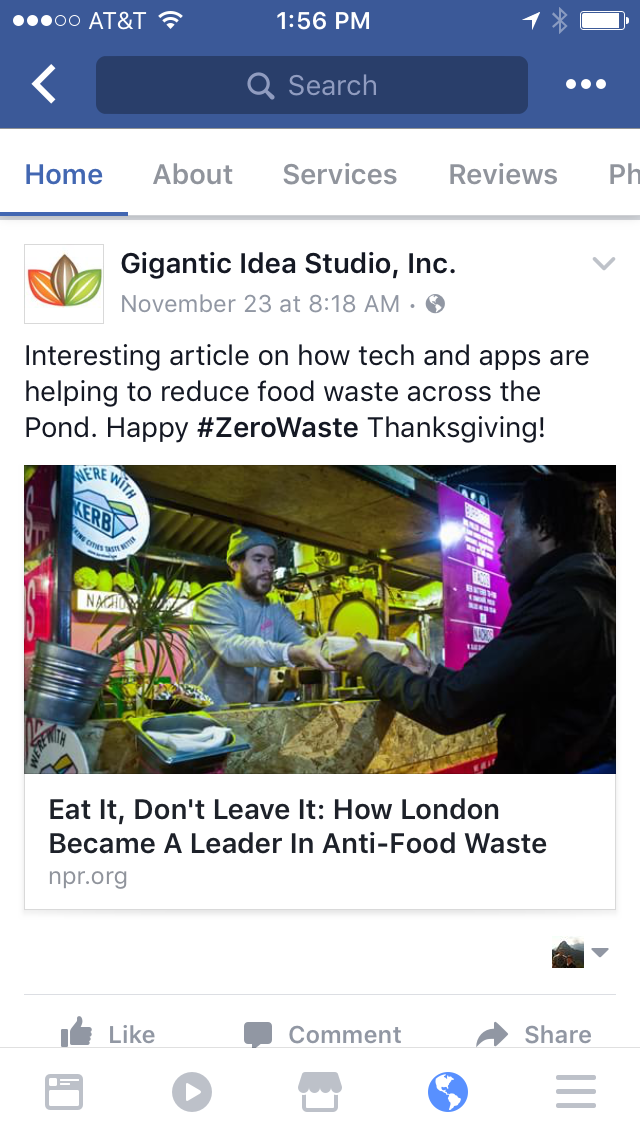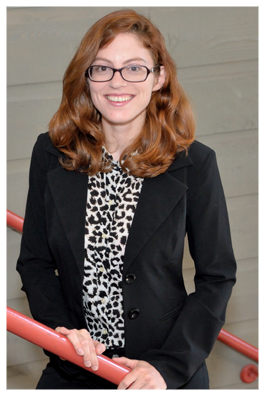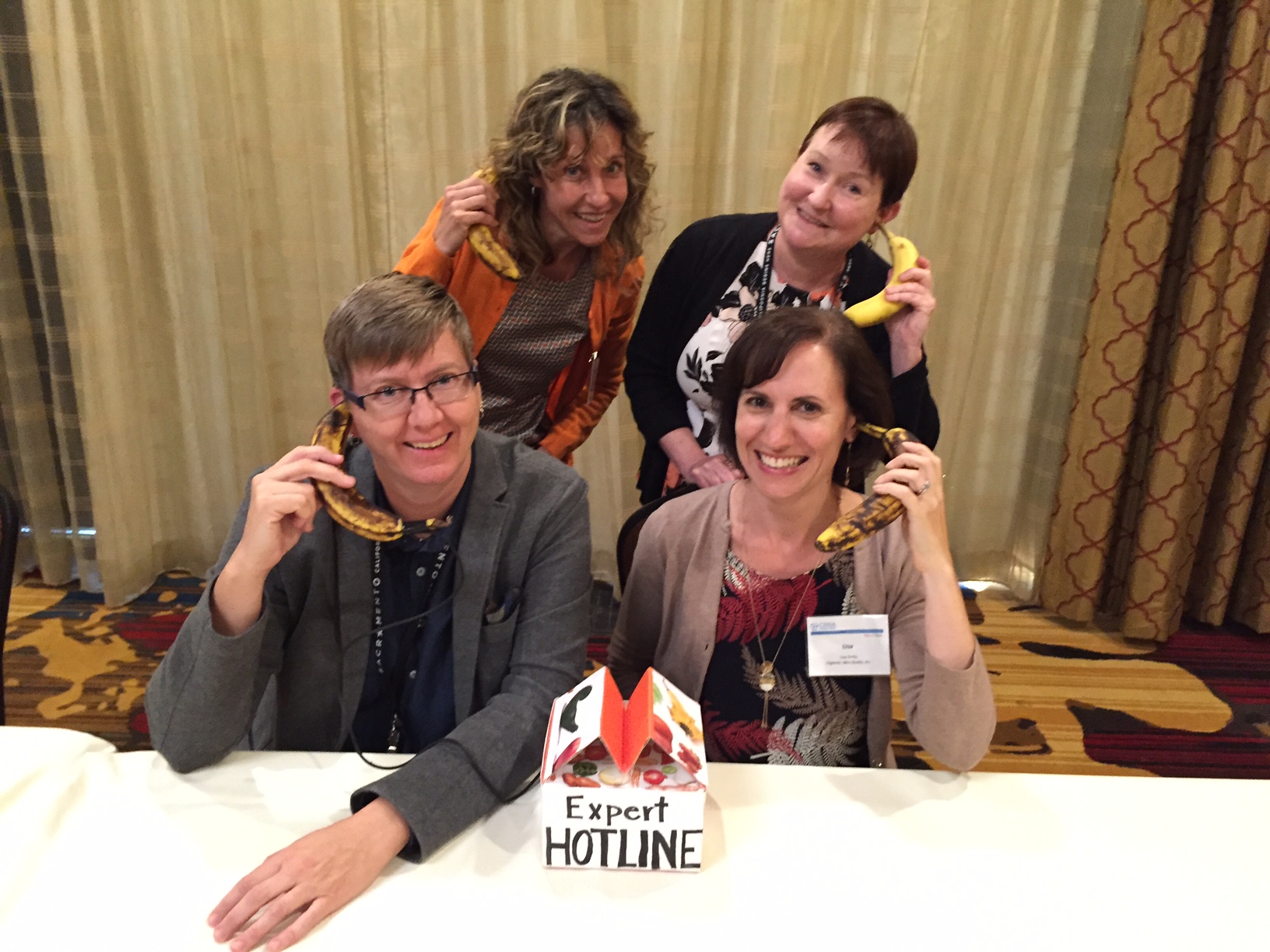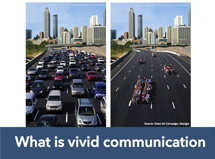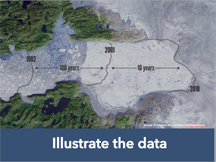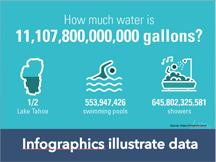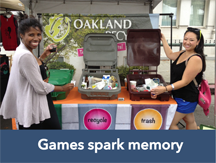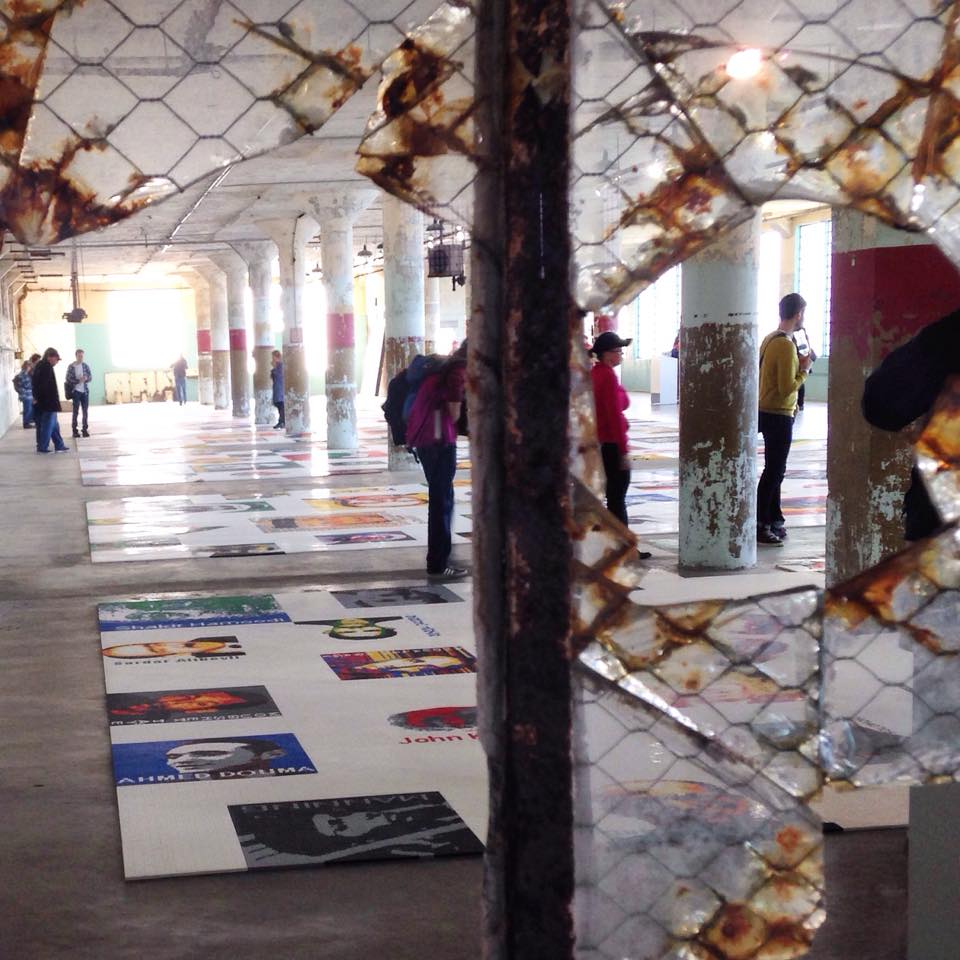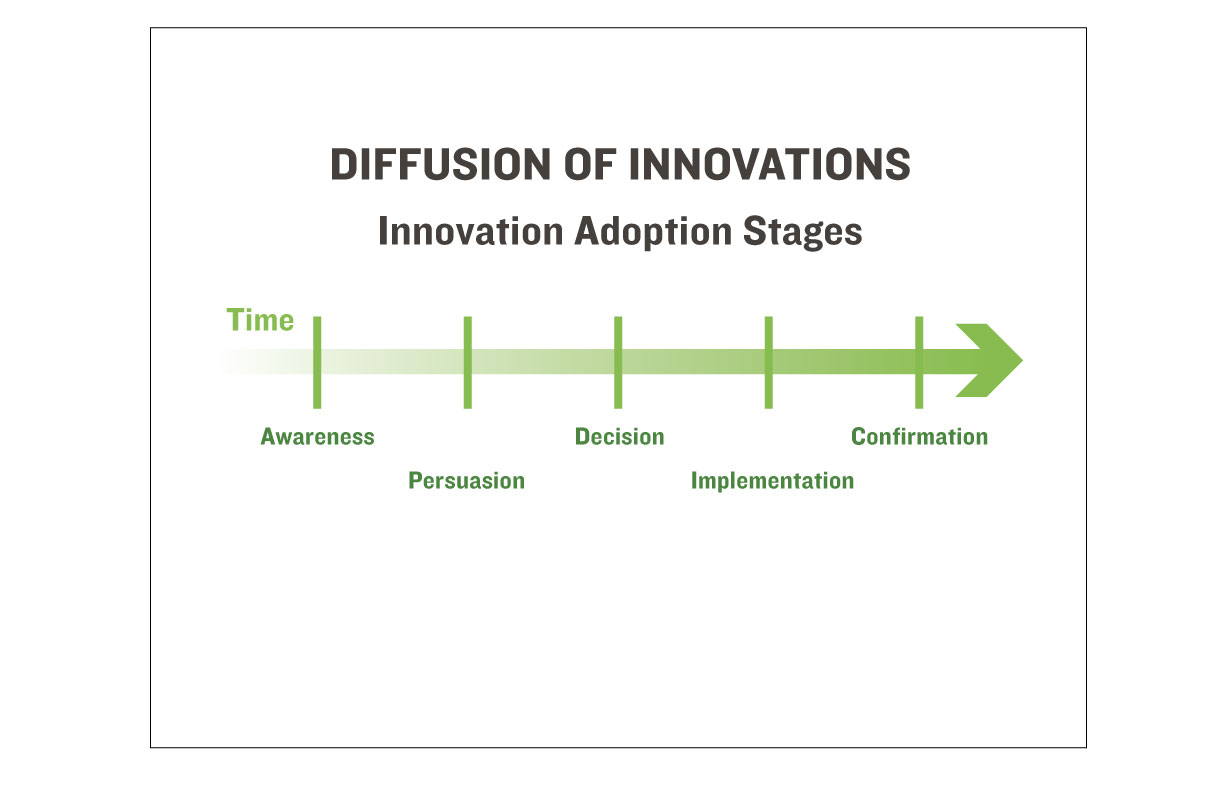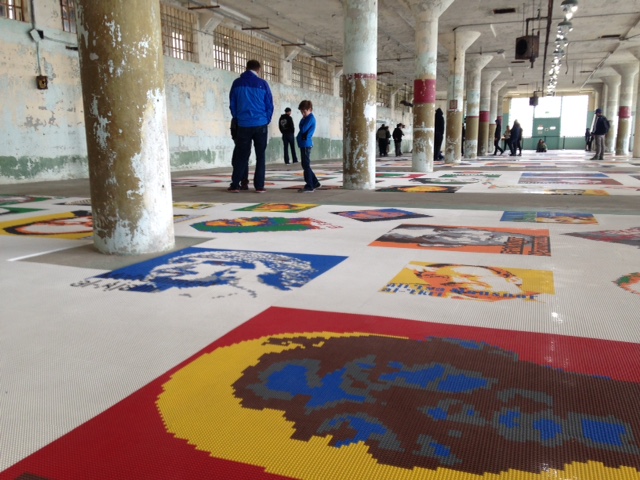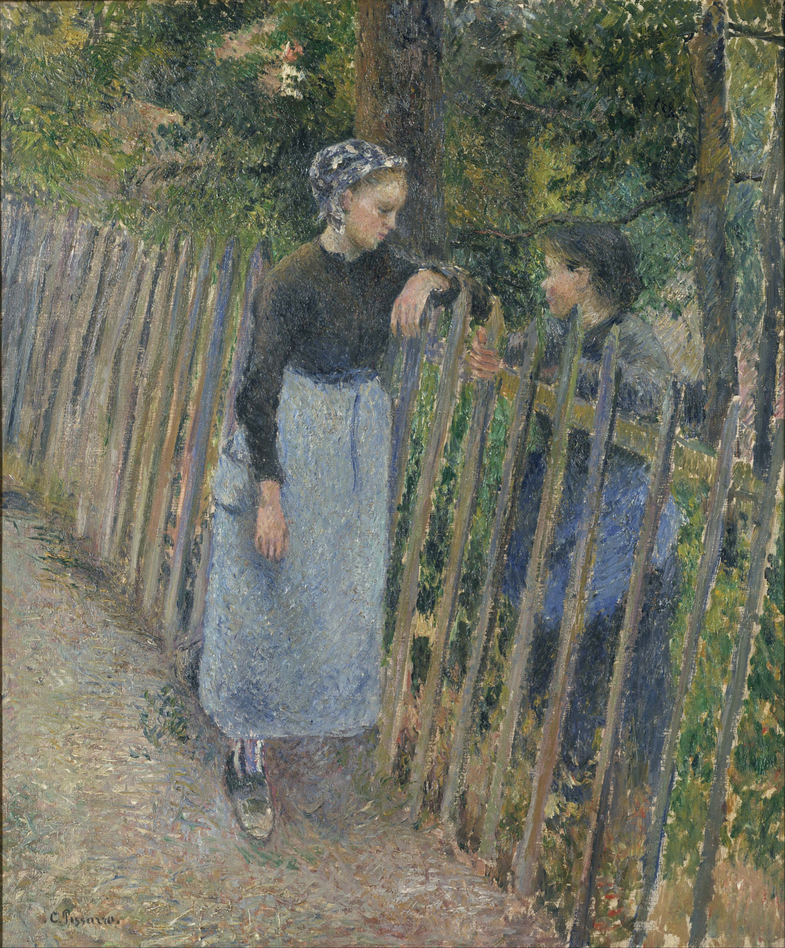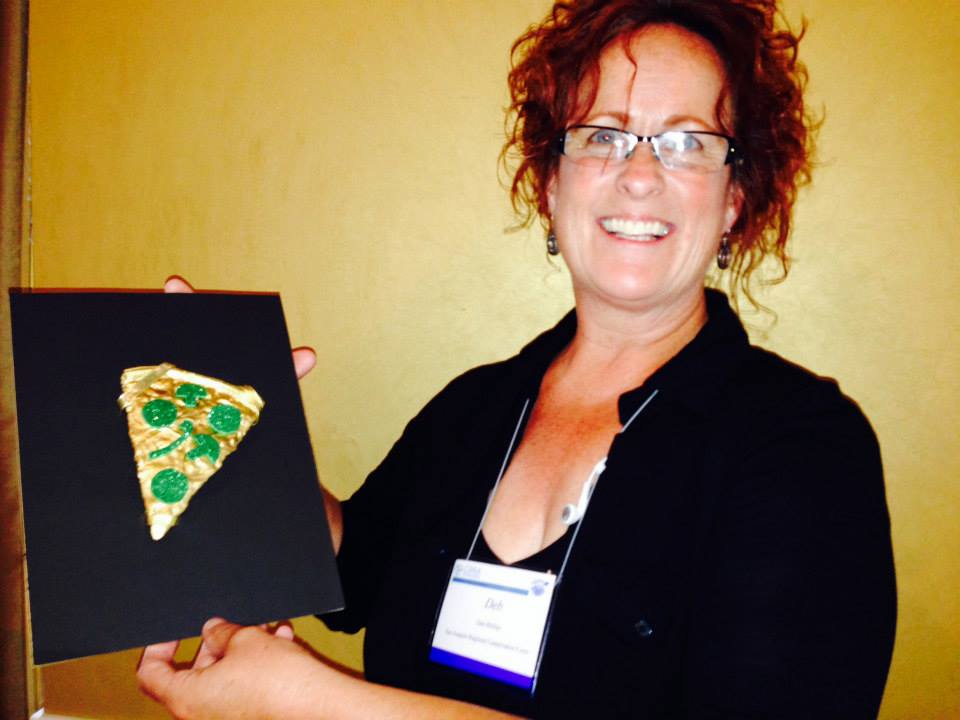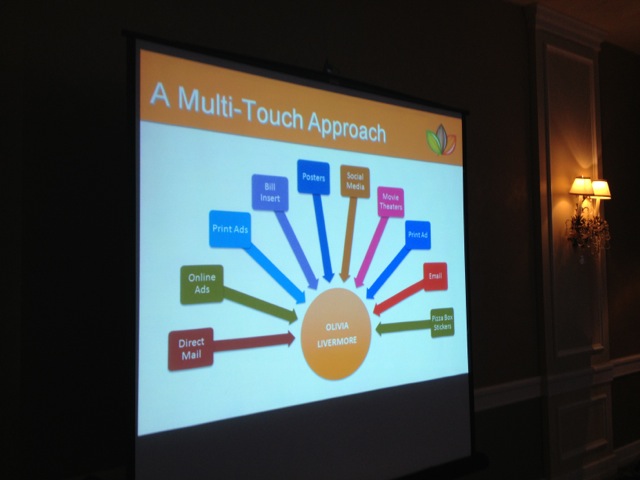Are you planning an environmental outreach campaign that includes social media? I hope so! As you probably know, social media is a great way to spread the word about your organization’s activities and to encourage public participation. But “social media” is not a single, uniform bucket. Just as you would plan a different print ad for a publication that reaches high school students than for one that focuses on businesses, so your posts in social media should be guided by who you are trying to reach and why.
How to get started with a channel-specific strategy?
To start, try creating a mission statement for each channel. The mission statements should be based on your organizational goals and the audience you are most likely to reach with each channel. For example, are you trying to reach young people? Snapchat (60% of Snapchat users are under 25) is a good channel to consider. If you’re trying to reach Baby Boomers or businesses, not so much.
Here are some sample mission statements by channel:
We will use Twitter to raise our profile with influencers in the U.S. and beyond.
We will use Facebook to keep our fans updated and informed about our organization’s activities and to provide calls to action to the public.
We will use Instagram to promote the joy of a waste-free lifestyle with the local community.
Our blog provides detail and a personal voice on our organization’s issues and activities for those who already know about us.
Next, tailor your content by channel. Some organizations, looking to save time, make all of their Facebook posts automatically post to Twitter. This may undermine your efforts when your audience and mission are different for each channel.
This doesn’t mean you should not cross-post the same topic in different channels. But it is a good idea to structure the content for your target audience: customize the language and images to achieve your mission.
Measure, Measure, Measure
How do you know if your channel strategy is working? Measure the results and compare your progress to your goals. For instance, your Twitter feed may be focused on reaching influencers. You can then evaluate your Twitter efforts by the number of key influencers who follow or retweet you. (In other words, it may be that the quality of your followers is more important than the number of them.) If your goal is to raise awareness of an issue, then the metric of reach/impressions is key. If your goal is to have users respond to a call to action, you will want to look at both click-through rate and number of clicks.
There is so much more to say about social media strategy, but starting with a channel mission statement is a useful guide when you are creating and customizing your communications. Happy posting!
